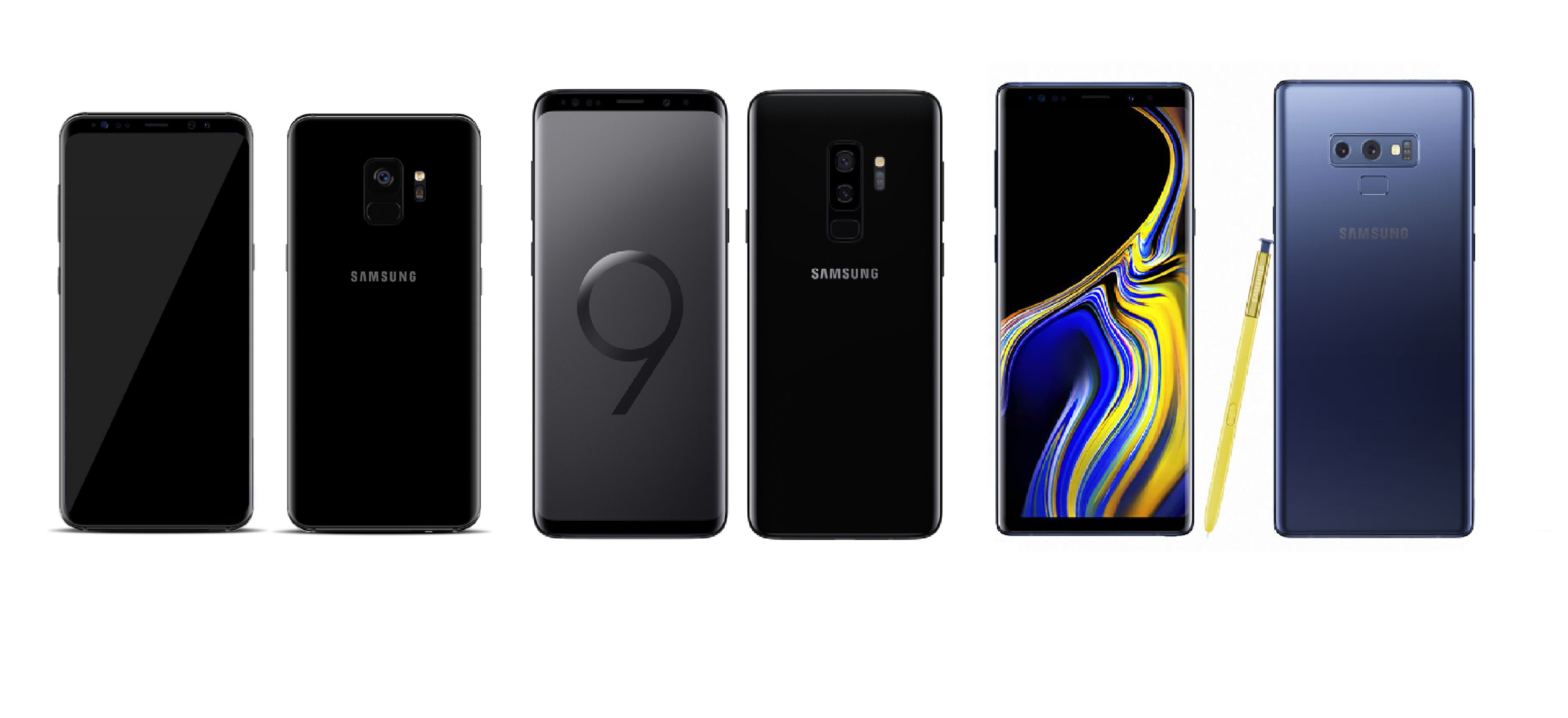Samsung last week launched its newest flagship devices– The Galaxy Note 9 in New York. The latest flagship phone will face high competition from Huawei P20 Pro, LG ThinQ, Oppo Find X and Google Pixel 2XL. However, within the brand itself, the Note 9 is paired up with Galaxy S9 and S9+. Let us see how the Galaxy Note 9 fares against its previous flagship devices – The Galaxy S9 and Galaxy S9+.
Contents
The Samsung Galaxy S9 vs S9+ vs Note 9
Specifications
| Galaxy S9 | Galaxy S9+ | Galaxy Note 9 | |
| Launch Date | March 16, 2018 | March 16, 2018 | August 8, 2018 |
| Screen Size | 5.8 inches | 6.2 inches | 6.4 inches |
| Screen Type | Capacitive Touchscreen, Multi-touch | Capacitive Touchscreen, Multi-touch | Capacitive Touchscreen, Multi-touch |
| Resolution | 1440 x 2960 pixels | 1440 x 2960 pixels | 1440 x 2960 pixels |
| Processor | Octa-core (2.7 GHz, Quad core, M2 Mongoose + 1.7 GHz, Quad core, Cortex A53) | Octa-core (2.7 GHz, Quad core, M2 Mongoose + 1.7 GHz, Quad core, Cortex A53) | Octa-core (2.7 GHz, Quad core, M3 Mongoose + 1.7 GHz, Quad core, Cortex A55) |
| Chipset | Samsung Exynos 9 Octa 9810 | Samsung Exynos 9 Octa 9810 | Samsung Exynos 9 Octa 9810 |
| Graphics | Mali-G72 MP18 | Mali-G72 MP18 | Mali-G72 MP18 |
| RAM | 4 GB | 6 GB | 6/8 GB |
| STORAGE | 64 GB | 64/128 GB | 128/512GB |
| BATTERY | 3000 mAh | 3500 mAh | 4000 mAh |
| OPERATING SYSTEM | Android v8.0 (Oreo) | Android v8.0 (Oreo) | Android v8.1 (Oreo) |
| REAR CAMERA | 12 MP | 12 MP | 12 MP |
| FRONT CAMERA | 8 MP | 8 MP | 8 MP |
| WIFI | Wi-Fi 802.11, a/ac/b/g/n/n 5GHz, MIMO | Wi-Fi 802.11, a/ac/b/g/n/n 5GHz, MIMO | Wi-Fi 802.11, a/ac/b/g/n/n 5GHz, MIMO |
| BLUETOOTH | Yes v5.0 | Yes v5.0 | Yes v5.0 |
| SIM SLOTS | Dual SIM, GSM+GSM | Dual SIM, GSM+GSM | Dual SIM, GSM+GSM |
| SIM SIZE | SIM1: Nano SIM2: Nano (Hybrid) | SIM1: Nano SIM2: Nano (Hybrid) | SIM1: Nano SIM2: Nano (Hybrid) |
Design and Display
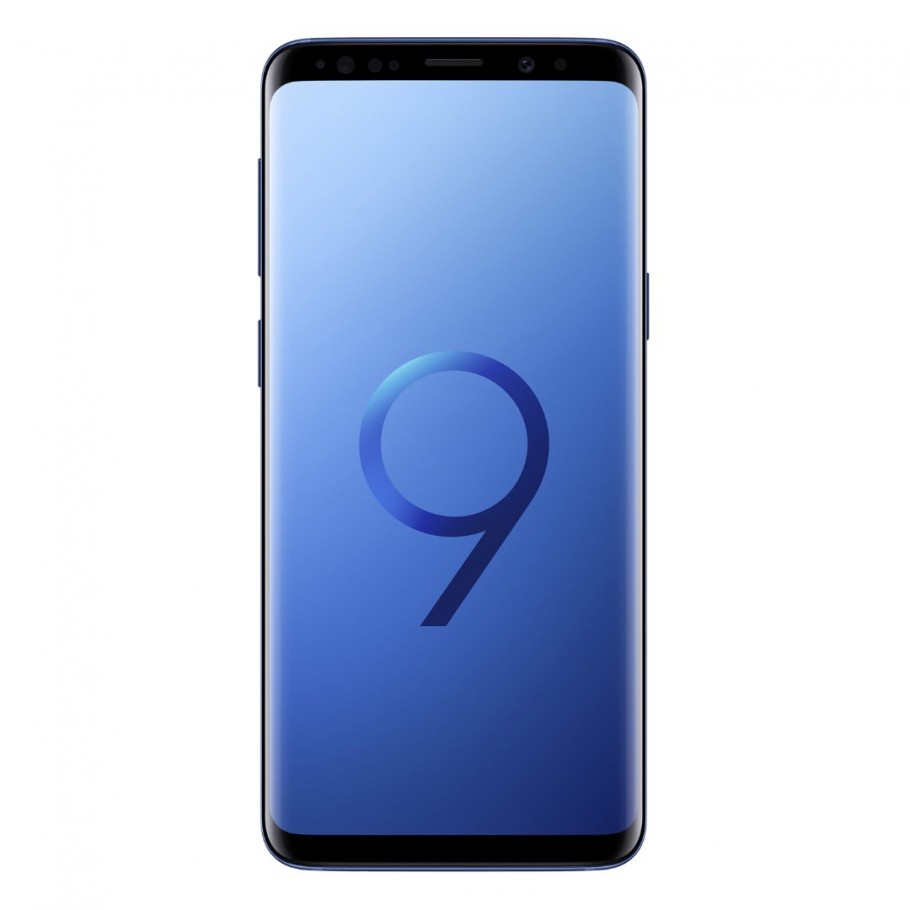
All three phones feature Samsung’s curved Infinity Display, with glass backs and a metal frame. However, the Note 9 is a little taller, wider, thicker at 161.9 x 76.4 x 8.8 mm than S9’s 157.7 x 73.8 x 8.5 mm and S9+’s 147.6 x 68.7 x 8.4 mm. At, 201 grams The Note 9 weighs slightly more than S9+’s 189 grams and S9’s 163 grams.
On the durability front, all three phones score an IP68 rating which means they can be submerged in up to 1.5 meters of water for up to 30 minutes without damage. Furthermore, they all boast tough Gorilla Glass 5. While S9 and S9+ have a vertical camera placement, below which the fingerprint reader is present. Contrasting to them, the Note 9 has a horizontal camera placement and a fingerprint scanner below it. Both the placements of the Fingerprint scanner are almost the same and comfortable to use.
Coming to Display, all three differ only in display size, and consequently a difference in pixel density. The Note 9 sports a 6.4-inch display, giving it a lesser pixel density of 514ppi. The S9+ sports a 6.2-inch display and hence has a pixel density of 531ppi. The S9 has the smallest screen of 5.8-inch but has a higher pixel density of 568ppi. S9 has least bezels and thus giving it an 84.51% screen to body ratio. It is followed by the newly launched Note 9 with an 84.42% screen to body ratio. The S9+ comes with least screen to body ratio of 83.99%. All three phones have similar resolutions in 1440 x 2960 pixels, Aspect Ratio of 18.5:9 and Screen Protection by Corning Gorilla Glass.
Winner: Tie. All three have similar designs. However, coming to display it depends on the user. If the customer is looking for a larger display The Note 9 will be better because of its 6.4-inch display. However, if a customer is looking for screen clarity the S9 will be a better option because of its higher pixel density.
Hardware and Software
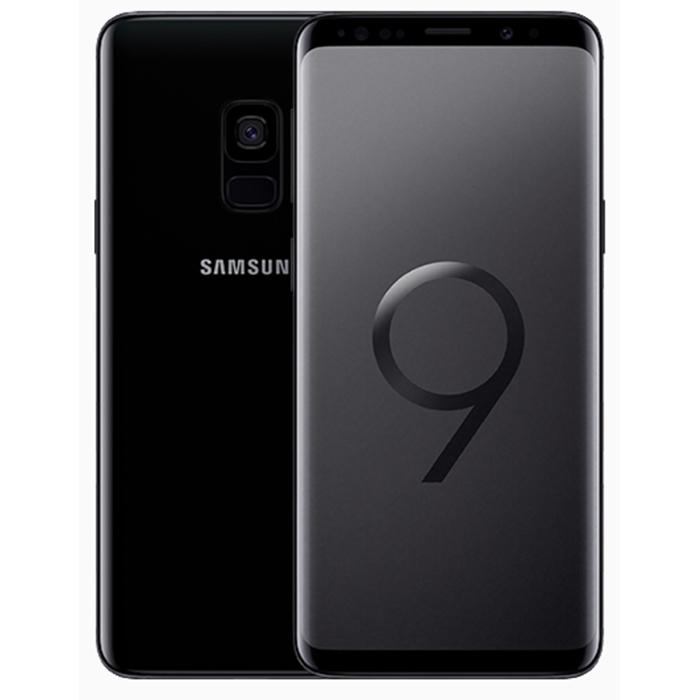
The Galaxy S9 and S9+, both were launched at the same time and so both run on similar Octa-core Samsung Exynos 9 Octa 9810 processor (2.7 GHz, Quad core, M2 Mongoose + 1.7 GHz, Quad core, Cortex A53). The Note 9, however, runs on one version higher Octa-core Samsung Exynos 9 Octa 9810 processor(2.7 GHz, Quad core, M3 Mongoose + 1.7 GHz, Quad core, Cortex A55).
The 4 GB RAM on Galaxy S9 is not enough for most of the high-end smartphones today. The S9 Plus and the Note 9 offers 6 GB of RAM, which is necessary for multitasking. Furthermore, the Note 9 has a variant with 8 GB of RAM. Internal storage on S9 and S9+ base models is 64 GB, which again is not good enough for a smartphone for its range. Luckily, S9 and S9+ have variant options with 128 GB and 256 GB of internal storage respectively. The base model of the Note 9 starts with 128 GB, and there’s also a 512 GB variant. They also all support expansion via MicroSD card.
Fast charging via Qualcomm’s Quick Charge 2.0 standard and support for Qi wireless charging is universal for all three. However, there is a huge difference in battery capacity. Note 9 is all the way up at 4000mAh and is followed by S9+ decent 3500mAh battery. In contrast to smartphones in its range, the S9 has a low 3000mAh battery.
You’ll find Android 8.0 Oreo with Samsung’s Experience user interface on top of all three of these devices and furthermore, all three phones expect to get the Android 9.0 Pie update.
Winner: The Galaxy Note 9, because of its slightly better processor higher RAM, and variant storage models. Furthermore, it has a bigger battery capacity.
Camera
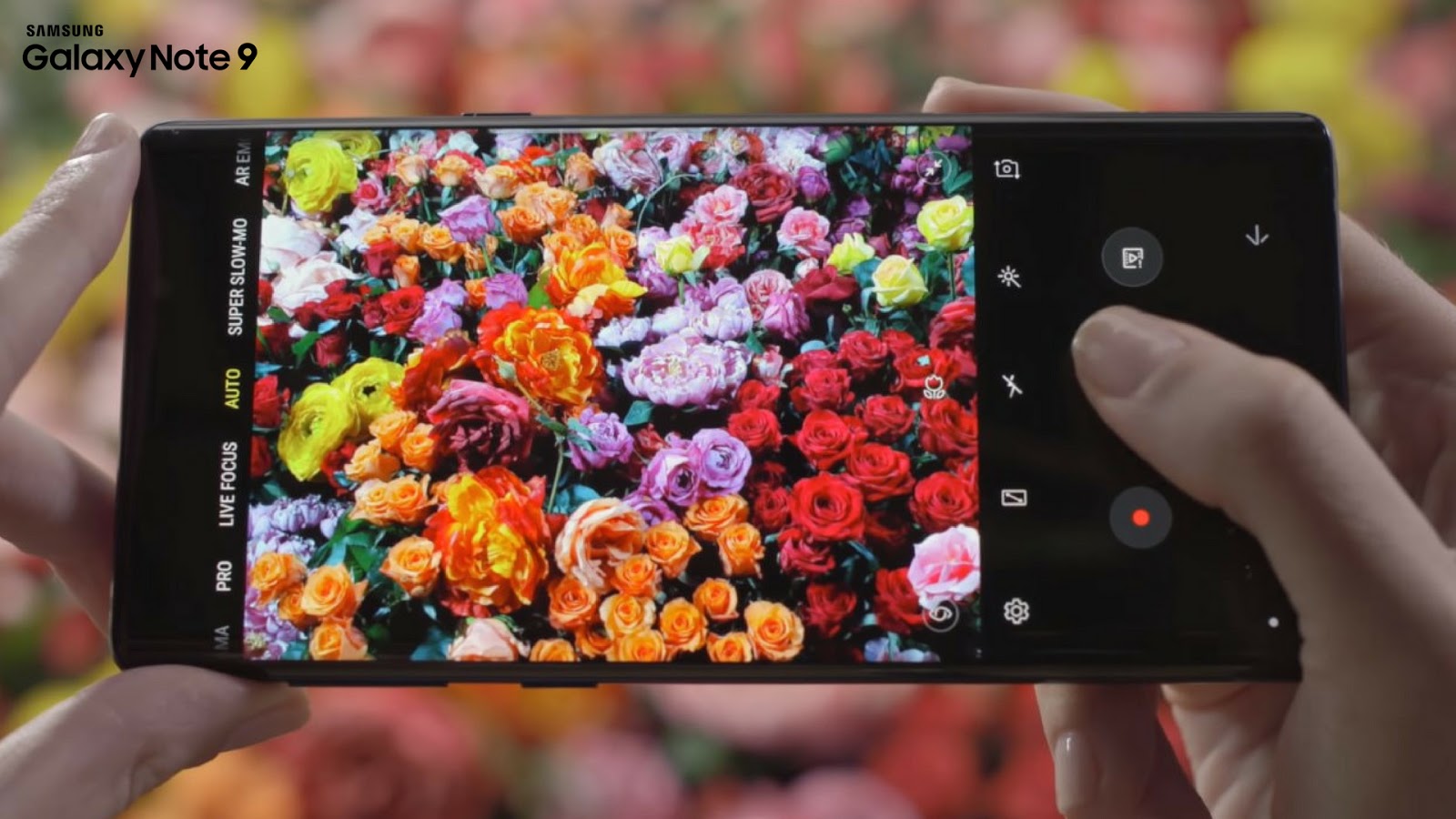
The Galaxy Note 9 has a magnificent dual 12 MP camera dual optical image stabilisation. The wide-angle super speed dual pixel 12-megapixel (f/1.5-f/2.4) autofocus sensor is paired with a telephoto 12-megapixel (f/2.4) autofocus sensor with 2x optical zoom and up to 10x digital zoom. Telephoto and wide-angle lenses together shoot the whole scene without missing out anything. You will be able to catch excellent low light photographs due to the Live Focus feature available.
The other features of the camera in Note 9 include Scene Optimiser, where the camera recognises a particular scene and optimises colour to produce vibrant photographs. It also has a flaw detection feature, where flaws like the eye blink, motion blur, lens smudge and backlighting issues and notifies to click again. Additionally, features for Video-recording include Super Slow Motion Video Recording at 960 frames per second, AR Emoji and clicking photos through the S-Pen even from up to 30-feet away.
The Samsung Galaxy S9 is the odd one out here with a single 12-megapixel lens in its main camera, though it does boast a variable aperture that can go from f/1.5 to f/2.4 to get the best shot depending on conditions. The S9 Plus pairs that lens with a second 12-megapixel lens with a f/2.4 aperture that enables 2x optical zoom. The 8-megapixel front-facing camera is the same in all three phones. They’re also all capable of shooting super-slow-motion footage and capturing 4K video at 60 frames per second.
Winner: The Galaxy Note 9, because of the new features of AI found in its camera.
Special Features
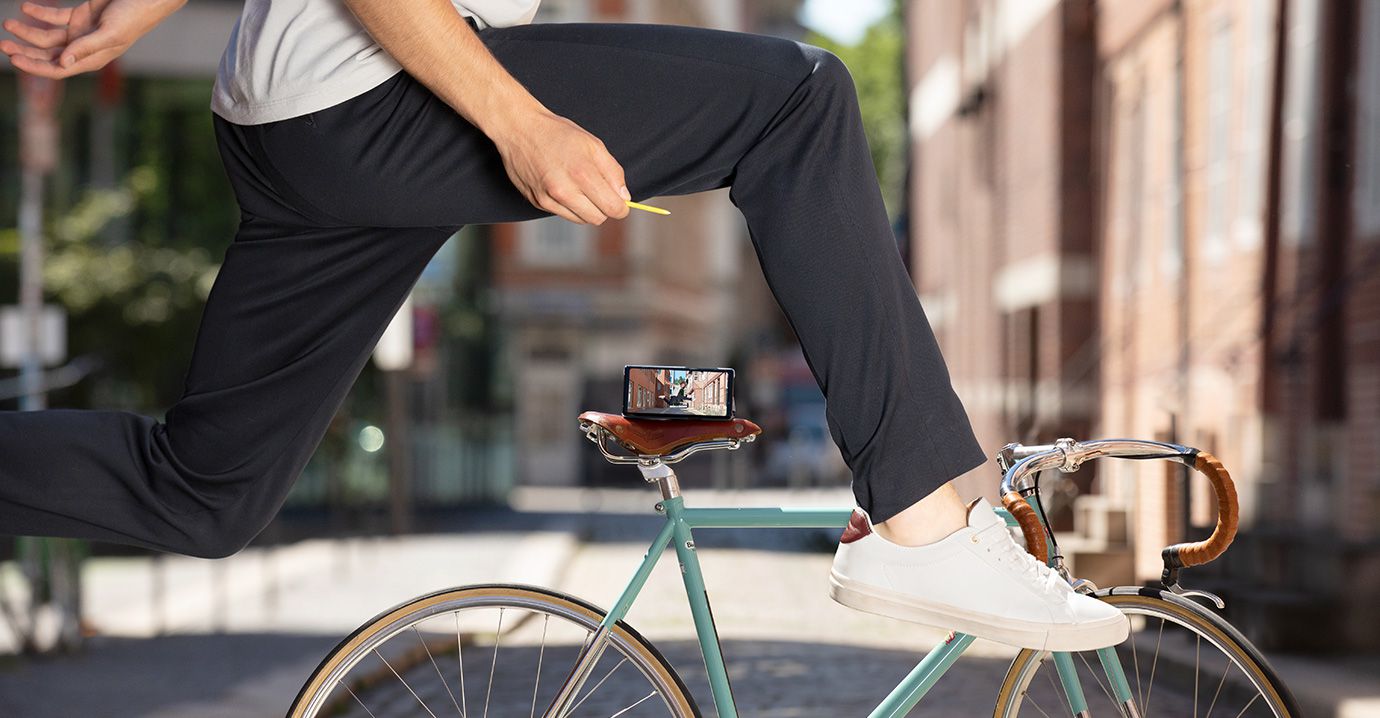
Samsung has added all sorts of extras in these three phones, including A.I. assistant Bixby, support for virtual reality with Samsung’s Gear VR headset, and also the ability to use your phone as a desktop computer. Although the S9 and S9 Plus require Dex Station or Dex Pad to dock whereas the Note 9 only needs a USB Type-C to HDMI cable. The main standout of the special features department will certainly be the S-Pen of Note 9.
The S-pen is special to the Samsung Note family. The Note 9 comes with an added Bluetooth connection to make the S-Pen more user-friendly. Due to which the S-pen is able to control presentations click photos from up to 30-feet away. To click photo users need to click the button once and to change camera need to click twice. Furthermore, it can shuffle music or play or pause music from up to 30 feet away. Also, it connects to a variety of installed and third-party apps like youtube. With Bluetooth on the new S Pen, it needs its own battery. Though according to Samsung it will charge from the Note 9 in just under a minute. The S Pen doesn’t match the body colour in all the models available, allowing for variety.
Winner: The Galaxy Note 9, because of its added Bluetooth connectivity and variant colour options.
Overall Winner
The Samsung Galaxy Note 9 scrapes a win overall. All it has better than S9 and S9+ is the S Pen, A.I. in the camera and some extra battery capacity.
Pricing
While the Note 9, starts at ₹67,900 for the 6GB+128GB variant and ₹84,900 for the 8GB+512GB storage. The S9 starts at around ₹57, 900 right now and the S9 Plus can be found for as low as ₹64,900.

